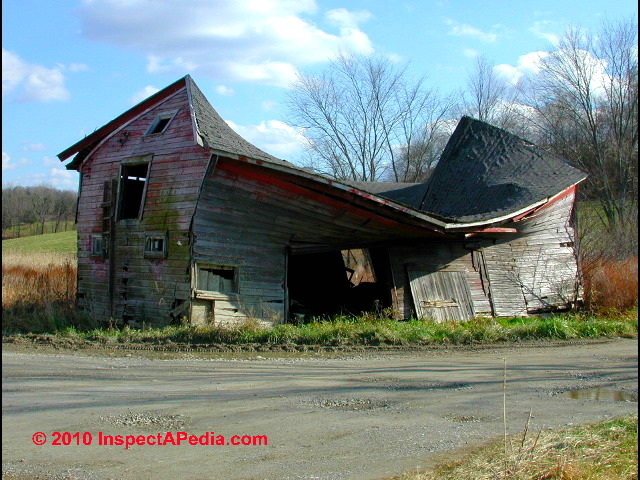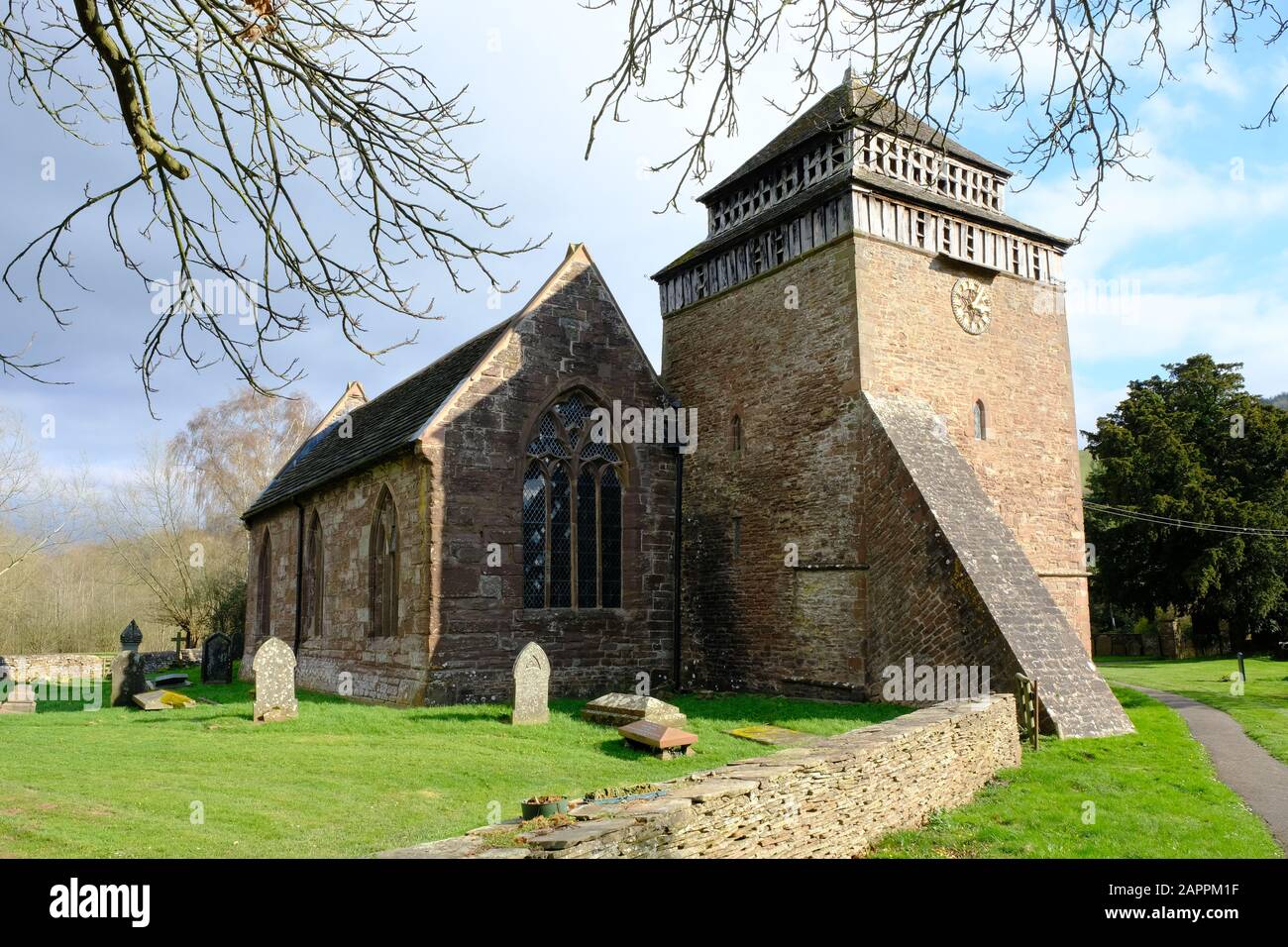St eugrad s church llaneugrad is an isolated church near the village of marian glas in anglesey north wales a church was supposedly founded here by st eugrad in about 605 although the earliest parts of the present structure are the nave chancel and chancel arch which date from the 12th century.
16th century british stone maontry church with shingle roof.
In the early 16th century the reformation brought a period of radical change to church design.
Later in the century bramley falls stone was brought from yorkshire for the town bridge 64.
It was the facing stone for rutland terrace in 1830 288.
The ceiling pews and floor are victorian and the altar table a gift to the church dates from the 1830s.
Built against the e.
A side chapel was added to the north in the 16th century and some moderate restoration work.
The projecting chimney stack at the n.
The walls are of coursed stone rubble and the roof is covered with stone slates.
Lime plastering roofing roofing and leadwork stone masonry church of st mary and st david kilpeck a grade i listed church with surviving saxon aspects make up the 12th century existing build.
End has two detached diagonal shafts.
A triangle area was enclosed with a 2 270 m long and up to 5 m thick fortress wall.
Although the move away from thatch and later shingles meant a stronger roof structure was needed even the heaviest stone slates were relatively common from the 16th century onwards particularly where fi ssile stone could be sourced from delves small quarries or delphs which outcropped near the surface.
Ancaster stone from the lower beds of the upper lincolnshire limestone was perhaps little used before the 19th century.
At the beginning of the 16th century the grand prince of moscow ivan the great started renovation of the kremlin which lasted for over a century.
It was built late in the 16th century.
On christmas day 1521 andreas karlstadt performed the first reformed communion service.
The medieval structure of the church was sympathetically enlarged and restored in the later c19 and early c20.
The new kremlin was all made of stone and astonished friends and foes with its beauty and inapproachability.
The chancel rebuilt in the 16th century was refaced c 1870 with ashlar masonry laid flush with the mediaeval details which include a fine fluted piscina wash basin an aumbry cupboard and a recess for the reserved sacrament.
Clements was rebuilt in the late 15th century or early 16th century although the list of rectors dates back 1248.
The fabric of the church is of kentish ragstone and flint rubble with a tudor porch constructed of red brick.
In early january 1522 the wittenberg city council authorized the removal of imagery from churches and affirmed the changes introduced by karlstadt on christmas.




























